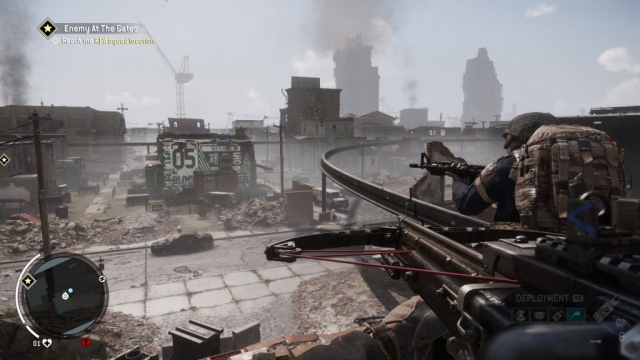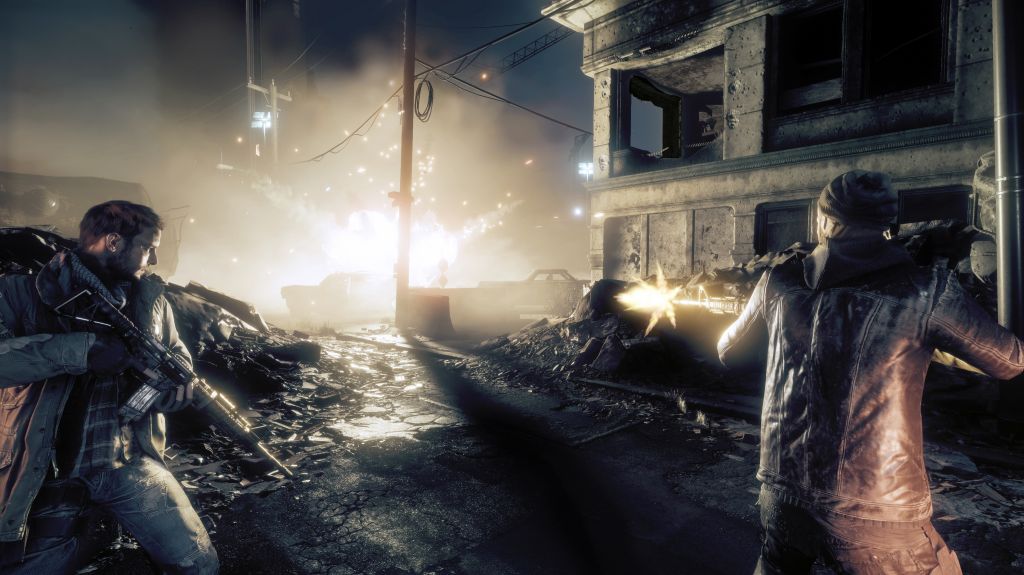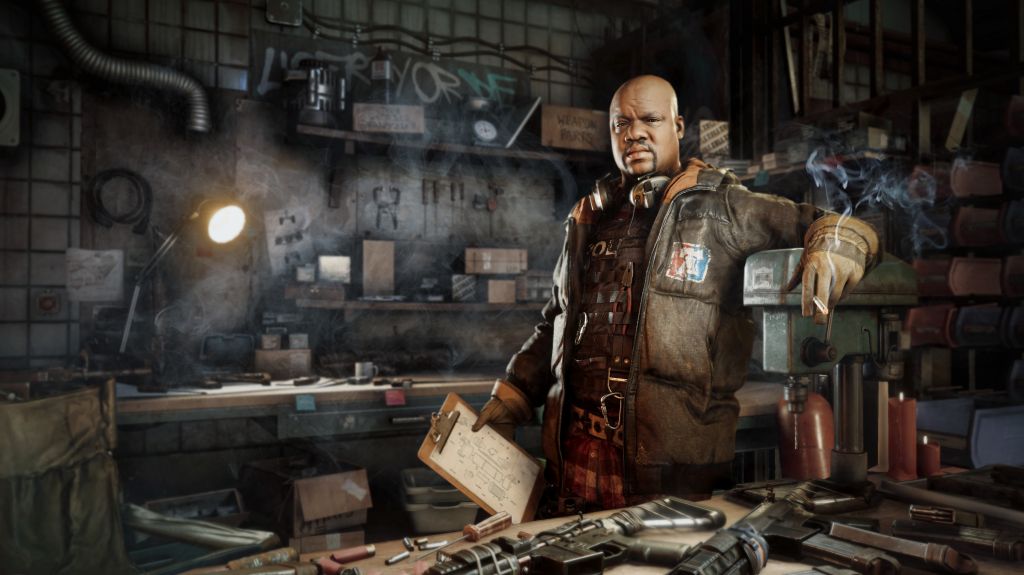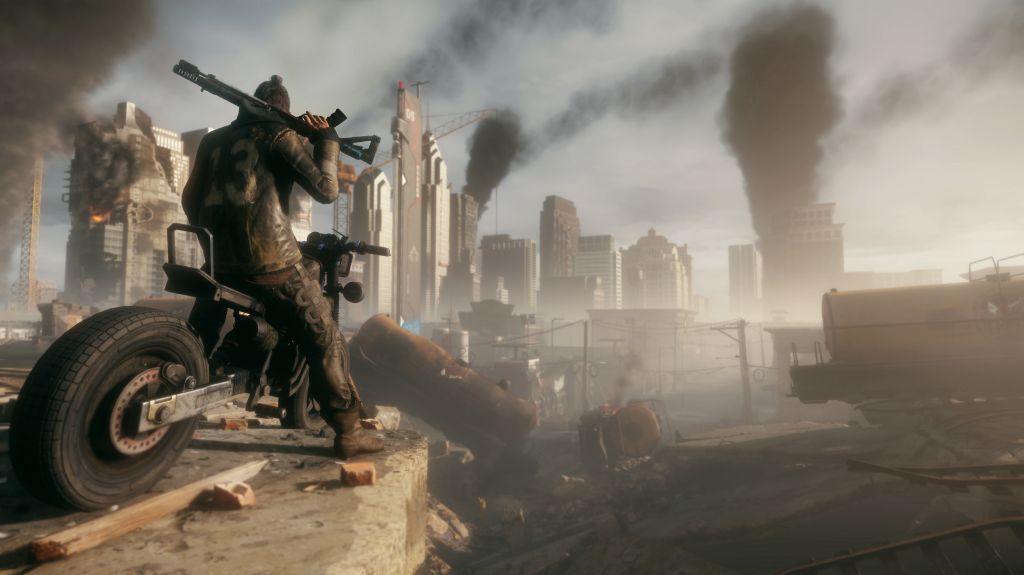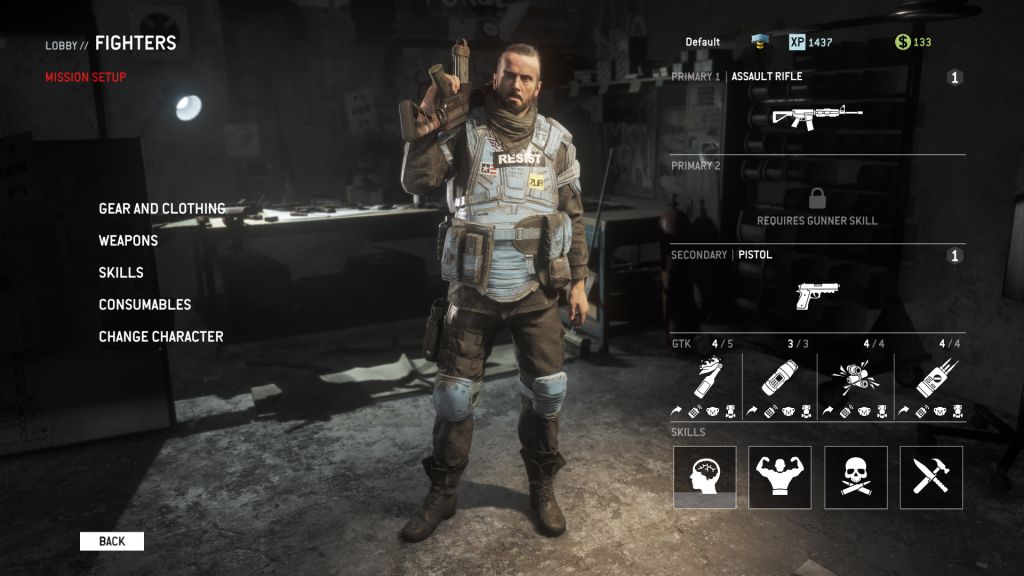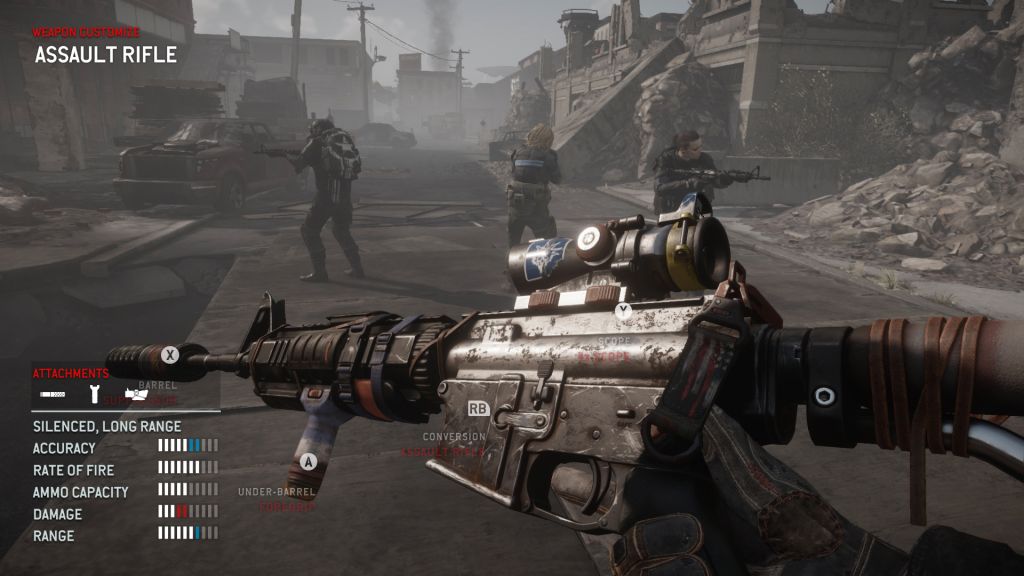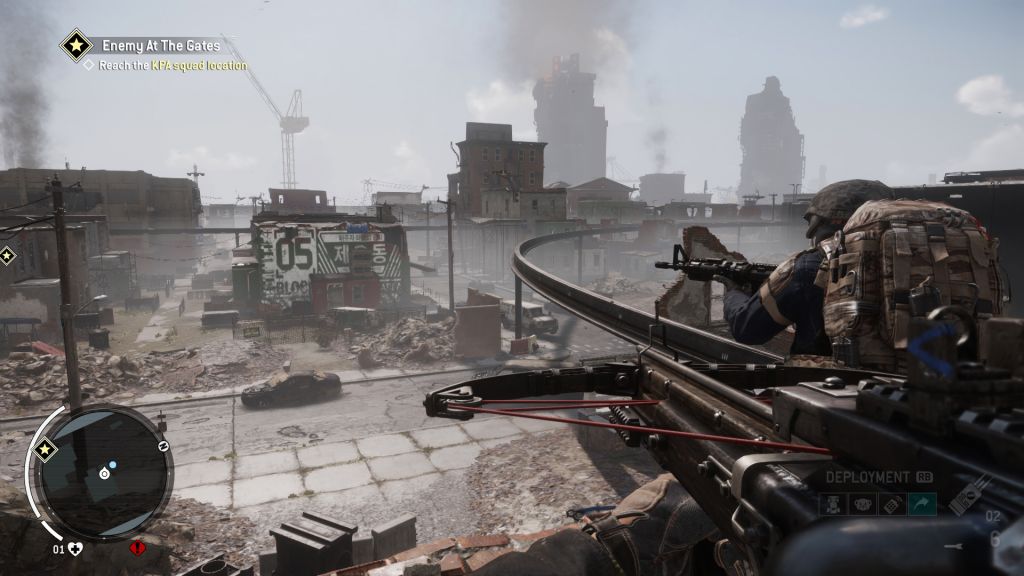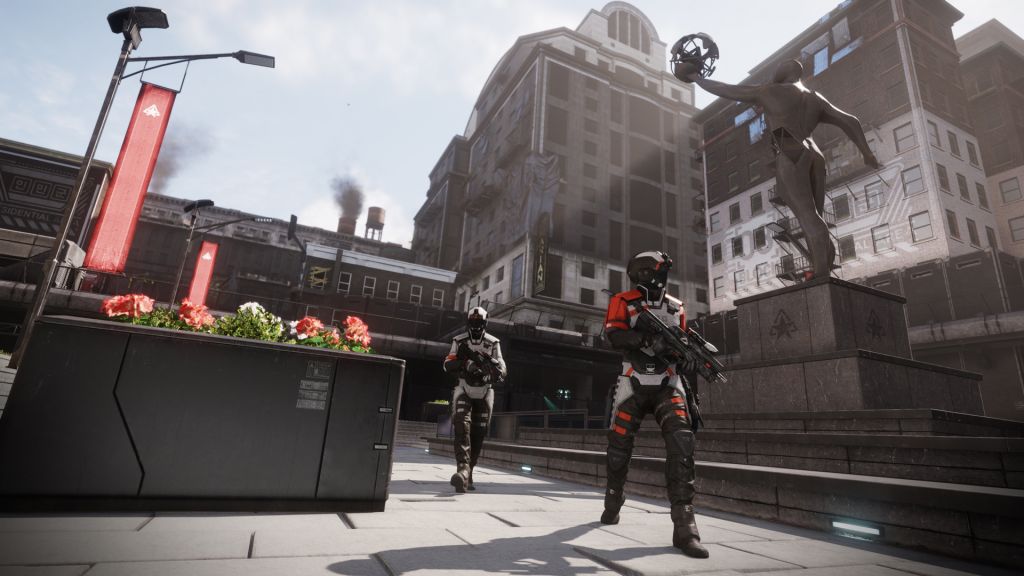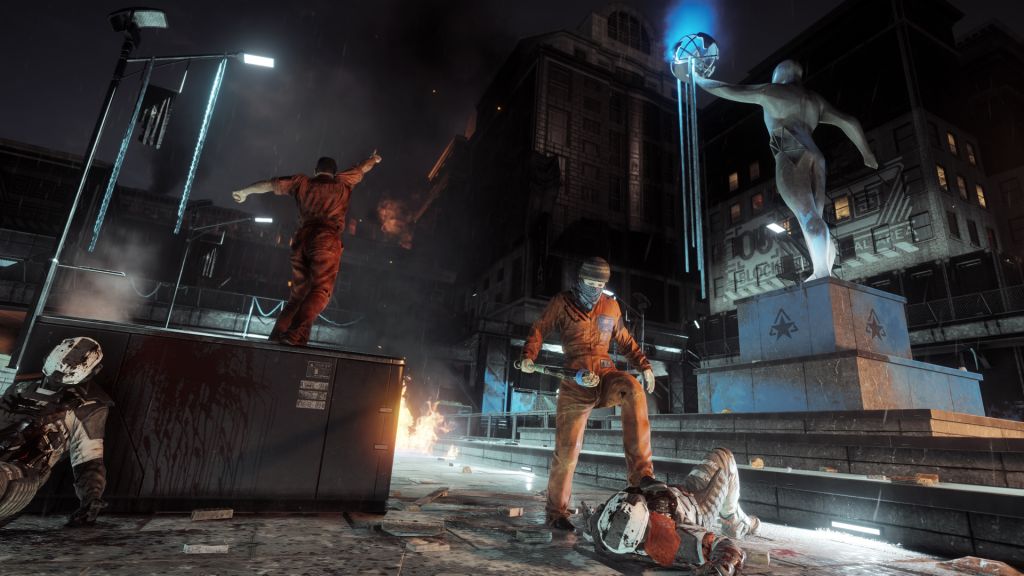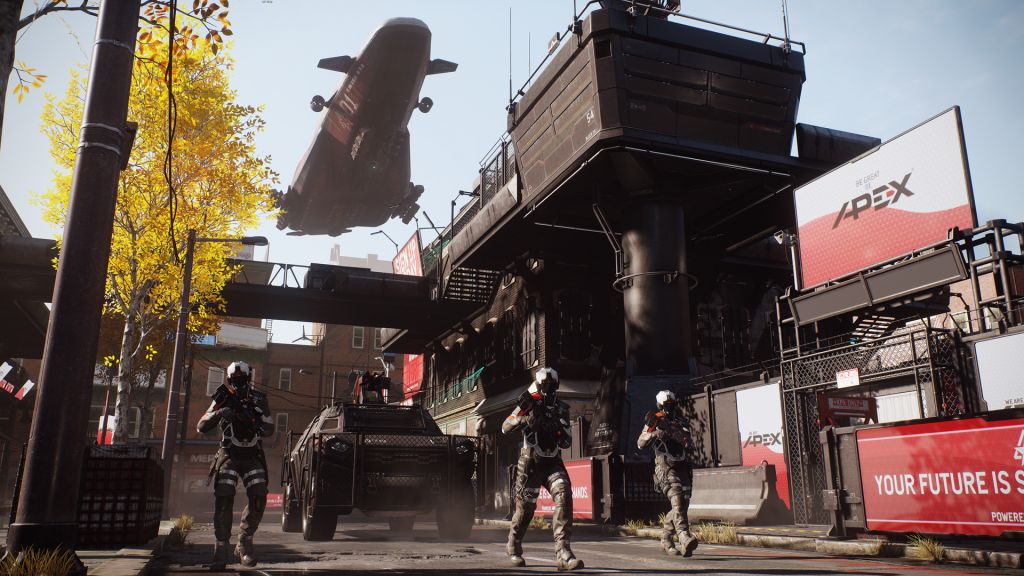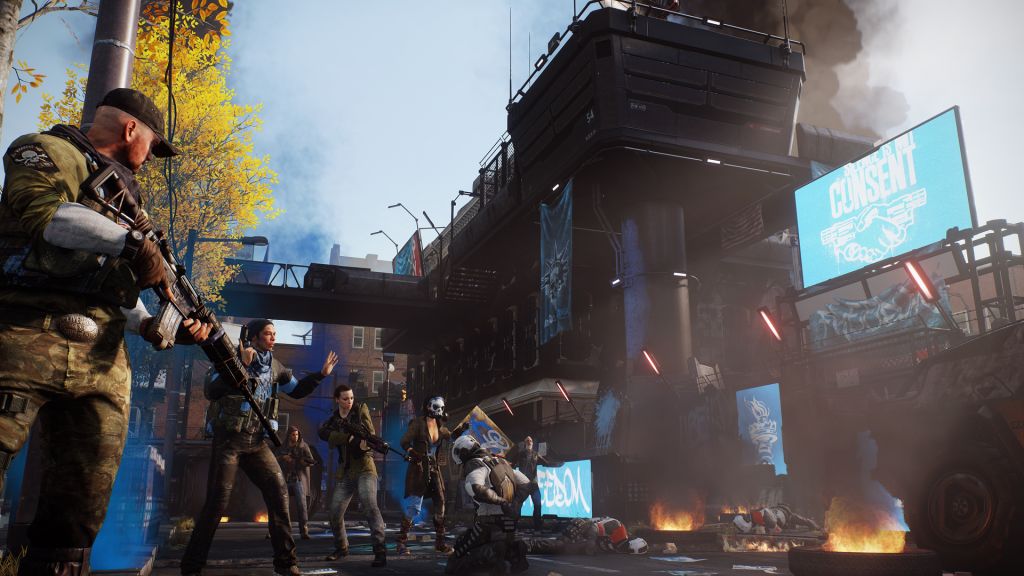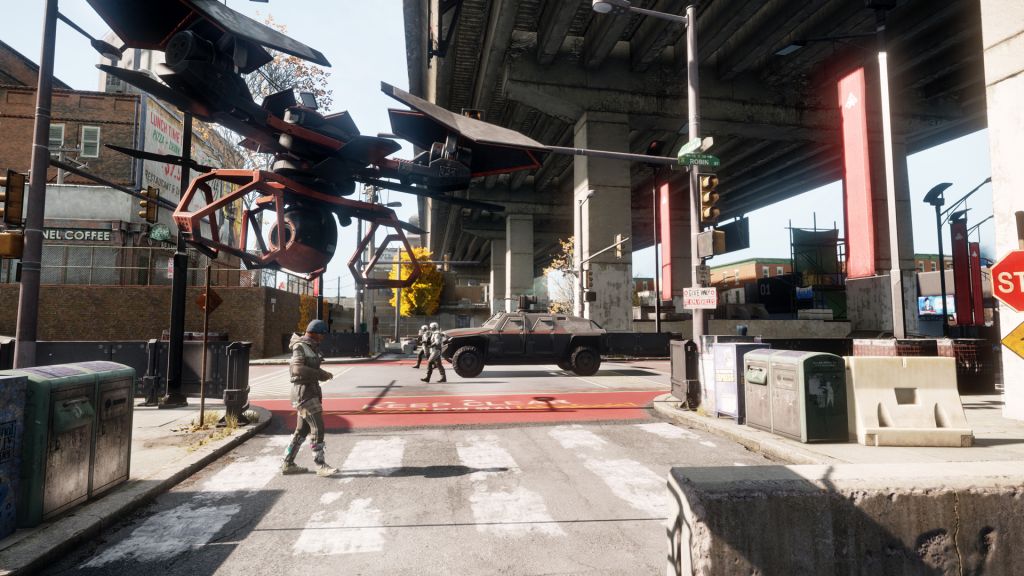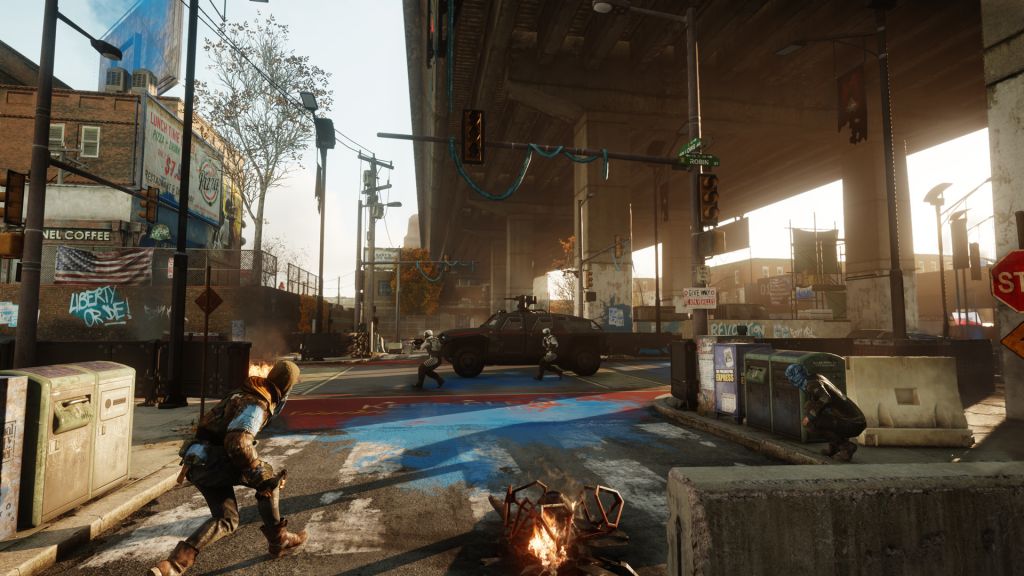Homefront: The Revolution
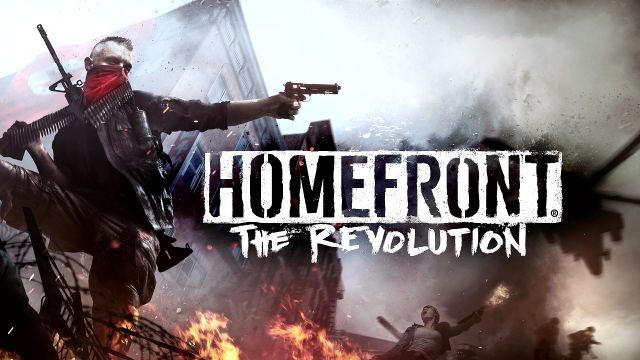
I had a little fun reviewing Homefront five years ago, as its premise–a lengthy series of increasingly ludicrous events that culminate in North Korea being able to successfully invade and conquer the western United States–was the stuff of survivalist fever dreams. This might have been forgivable, but the game itself was awful. When I learned it was getting a sequel, my first question was “Why?”
The Revolution was made by the UK-based Dambuster Studios on the Cryengine, who’ve used the basic idea of Homefront and little else. They’ve hung this plot around the neck of an urban-based, heavily stealth-based open-world shooter, which doesn’t make it any less insane.
The game’s alternate history begins when Korea, not California, is the site of the computer revolution, and a company called Apex is founded there in the 1980s. By the 21st century, Apex is a world-spanning megacorporation that provides the world’s militaries with much of their technology. In the 2010s, in the wake of a series of devastating defeats in the Middle East, a crippling recession, and decades of poor leadership, the U.S. is on the ropes. Apex finishes the job by using backdoors built into its hardware to disable the military’s equipment, and Korea “invades” the defenseless United States under the guise of sending a peacekeeping force. Years later, they’re still there, keeping the population under their boot and strip-mining North America.
The story, it must be said, isn’t quite as ridiculous as the original Homefront’s patchwork quilt of contrivance. The idea is specifically to flip the script on the United States and turn it into an occupied, war-torn territory, so Americans are going through the same crap as the locals have in any of a half-dozen recent foreign wars. It could be an interesting vehicle for some very pointed political commentary, if for no other reason than it’s a modern FPS where you’re the faceless terrorist, but the game makes no real attempt to do so. Occupied Philadelphia might as well be any of a handful of other near-future oppressed populations, like City 17 under the Combine.
You enter this scenario as Ethan Brady, a silent protagonist and new recruit for the Philadelphia revolutionary movement, who joins up the same day as occupying Korean forces, the “Norks,” discover and nearly wipe out your cell. You’re rescued by Benjamin Walker, one of the revolution’s leaders, but as you’re running errands for him, Walker himself is captured. After meeting up with the members of a different cell, you’re left on your own in a corner of post-recession Philadelphia, with the mission to find and rescue Walker and, in the meantime, do whatever you can to help the cause.
My first reaction, once the game opened up and I was able to explore a bit, is that The Revolution reminds me a lot of Far Cry 3. You forage through abandoned containers for useful items you can sell for cash, which you spend at shops and vending machines to expand and upgrade your arsenal. You can attack strongholds and flashpoints to reduce the Norks’ control over the city, you’re constantly running into random encounters, and even the health meter, which gently curves around your minimap, looks the same. It’s a wildly different setting, but it wouldn’t take much to convince an untrained observer that Revolution was an elaborate total-conversion mod.
The most immediately obvious difference is that you’re much lower on the totem pole when you start a game of Revolution. The Korean occupying forces are numerous, well-armed, well-armored, and enjoy full drone and armored support. You’re some idiot in a parka, wielding an SMG that somebody kitbashed together out of a .45 pistol and what might be typewriter parts. I’ve seen the standard SMG miss at point-blank range.
You can accumulate better gear and upgrade what you have, but for whatever reason, it all costs money. A good haul from foraging for pawnable goods is $300, and a new weapon starts at $750. You can’t acquire new gear from fallen enemies, and your fellow revolutionaries are actively worthless most of the time as anything save a temporary distraction. The first ten minutes of Revolution are probably the toughest in the game, as you have enemy soldiers crawling up your nose from the word go and no real safe zones.
If you hang in there and finish some missions, you can gradually accumulate some upgrades, but the ones that are actually useful–accuracy and damage improvements to weapons, or the tactical vest, which makes Brady slightly more durable–are extremely expensive. Since story missions are the best way to accumulate real money, it means you have to suffer through the first couple of neighborhoods as a glass cannon. Brady has next to no health, your weapons suck (although the crossbow is surprisingly powerful), and enemies are extremely accurate even at long range.
Health kits are common, and you can get as many as you like by figuring out where the Resistance’s equipment stashes are, but healing requires a couple of seconds and an annoying canned animation. I’ve died several times because of the obnoxious “shaking out his hand” animation Brady does after he jams a healing syringe into his arm, because he lowers his gun to do it.
Once you do get to that second map, it becomes more obvious what’s supposedly happening here. Revolution is ostensibly a stealth game. You’re meant to use guerilla tactics and ambushes to even the odds against a much more powerful and numerous enemy force, and direct conflict is difficult because it’s supposed to represent a failure condition. However, the stealth systems are anemic as hell, to the point where several don’t really work until you can buy a couple of gear upgrades, so you’re often getting into direct conflict whether you like it or not.
There are some good ideas here. I really like the second map, where you enter a new neighborhood that’s heavily populated by civilians and under strong enemy control, and so your first job is to drift around the back alleys, avoiding patrols, assassinating key officials, and sabotaging equipment. The idea is to eventually drive the neighborhood into a riot, causing chaos that you can exploit to accomplish your real mission, and it changes up the formula nicely. I could see it being a fun way to spend an entire game.
As it is, however, Revolution is one of those obnoxious games, for a reviewer, where it isn’t quite enough. Just about every mechanic is interesting, and would have been fine if it had been executed even slightly better. Motorcycles all steer like unguided missiles, the cover system is effectively worthless, the guns are weak until and unless you spend thousands of dollars on them, and being in combat at all feels like you’re being punished for a mistake. Exploring the city can be fun, and there’s a certain satisfaction in turning an entire neighborhood into friendly territory one mission at a time, but it invariably involves bad driving, frustrating combat, or non-functional stealth. It feels like version 0.50 of a much more coherent whole.
Reviewed By: Thomas Wilde
Publisher: Deep Silver
Rating: 60%
——————————————————————————–
This review is based on a digital copy of Homefront: The Revolution for the PC provided by Deep Silver.
 Game Over Online
Game Over Online